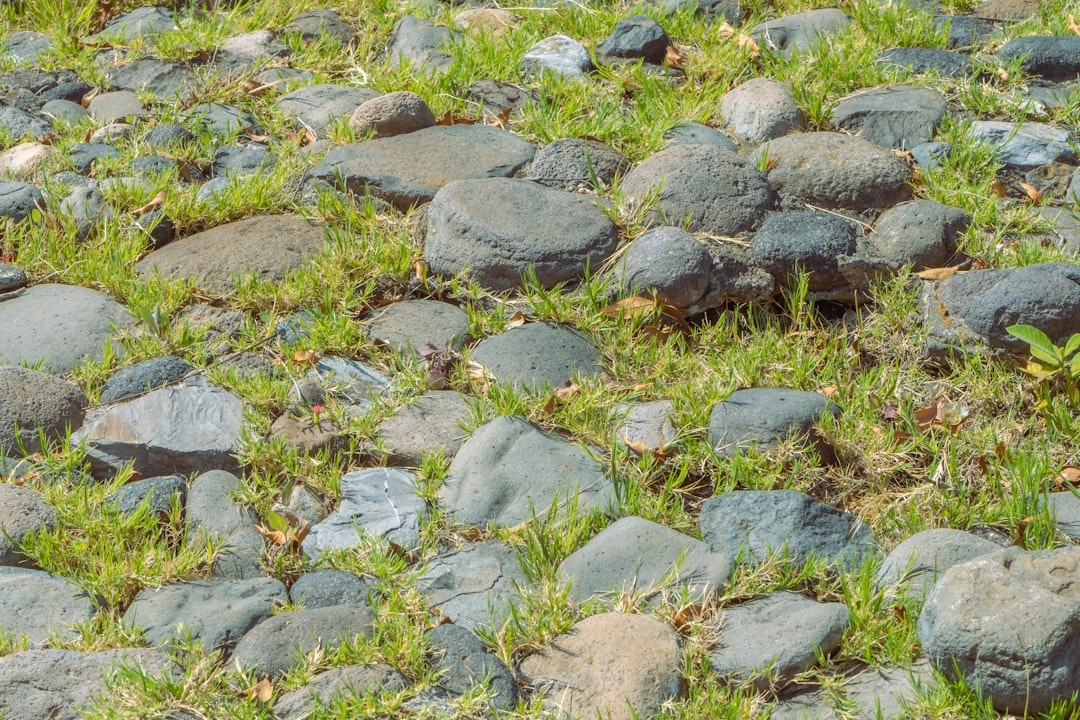What is Sustainable Landscaping?
Sustainable landscaping is an environmentally-friendly and ecologically responsible approach to designing, creating, and maintaining landscapes. It involves using techniques that minimize negative impacts on the environment while enhancing the overall health and beauty of outdoor spaces.
Real-World Problems Associated with Sustainable Landscaping
Water Conservation
One of the major challenges in sustainable landscaping is water conservation. With increasing water scarcity in many regions, it is essential to design landscapes that minimize water usage. This includes incorporating drought-tolerant plants, installing efficient irrigation systems, and utilizing water catchment and storage methods to reduce reliance on freshwater sources.
Chemical Pollution
Traditional landscaping practices often involve the use of synthetic fertilizers, pesticides, and herbicides. These chemicals can contaminate soil, waterways, and negatively impact wildlife and human health. Sustainable landscaping aims to minimize or eliminate the use of harmful chemicals by promoting organic and natural alternatives, integrated pest management, and soil enrichment techniques.
Habitat Destruction
Conventional landscaping practices can contribute to habitat destruction by removing native plants, destroying nesting sites, and disrupting wildlife habitats. Sustainable landscaping focuses on creating wildlife-friendly environments by incorporating native plants, providing food and shelter options, and preserving natural features. This helps to support local biodiversity and maintain ecological balance.
Soil Erosion
Improper landscaping techniques and inadequate soil management can lead to soil erosion, resulting in the loss of fertile topsoil and nutrient depletion. Sustainable landscaping methods, such as the use of erosion control measures, mulching, and terracing, help prevent soil erosion and maintain healthy soil structure, fostering plant growth and reducing environmental degradation.
In Conclusion
Sustainable landscaping offers holistic solutions to address various environmental challenges associated with traditional landscaping practices. By incorporating water conservation strategies, reducing chemical pollution, preserving habitats, and preventing soil erosion, sustainable landscapes can contribute to a healthier, more resilient environment for both humans and wildlife.

Solutions for Sustainable Landscaping
1. Water Conservation Techniques
To address water scarcity, sustainable landscaping emphasizes the use of water-efficient practices. This includes incorporating drought-tolerant plants, installing efficient irrigation systems, and implementing water catchment and storage methods.
2. Organic and Natural Alternatives
To reduce chemical pollution, sustainable landscaping promotes the use of organic and natural alternatives to synthetic fertilizers, pesticides, and herbicides. Integrated pest management and soil enrichment techniques are also encouraged.
3. Native Plant Preservation
Sustainable landscaping focuses on preserving and incorporating native plants in outdoor spaces. This supports local biodiversity, provides food and shelter for wildlife, and helps maintain a healthy ecological balance.
4. Soil Erosion Prevention
Sustainable landscaping methods such as erosion control measures, mulching, and terracing help prevent soil erosion. This preserves fertile topsoil, prevents nutrient depletion, and promotes healthy plant growth.
Conclusion
By implementing these solutions, sustainable landscaping can contribute to the conservation of water resources, reduction of chemical pollution, preservation of native plants and habitats, and prevention of soil erosion. These practices help create healthier and more resilient outdoor spaces that benefit both the environment and the communities they serve.













